Walking through Rome last spring, I found myself drawn to the imposing buildings and monuments that tell a complex story about Italy’s past. These stark, grand structures were built during the fascist era under Benito Mussolini in the 1920s and 30s. Italy’s fascist architecture remains controversial because of its political origins, but it represents an important part of modern Rome’s urban landscape.
The buildings of this period feel like a history lesson made of stone and marble. In areas like the EUR district and the Foro Italico, you’ll see massive colonnades, clean geometric lines, and monumental scale that were meant to showcase the power of Mussolini’s regime. What struck me most was how these structures sit alongside ancient Roman ruins and Renaissance masterpieces, creating a layered architectural story unlike anywhere else.
My fascination with this architectural period grew after watching the documentary “Latina, Latina,” which explores these contested spaces. The city of Latina itself, built during this era, offers some of the clearest examples of fascist urban planning. When I visited, I found it challenging but important to separate the artistic value from the troubling ideology that created it – a balance many Italians still struggle with today.
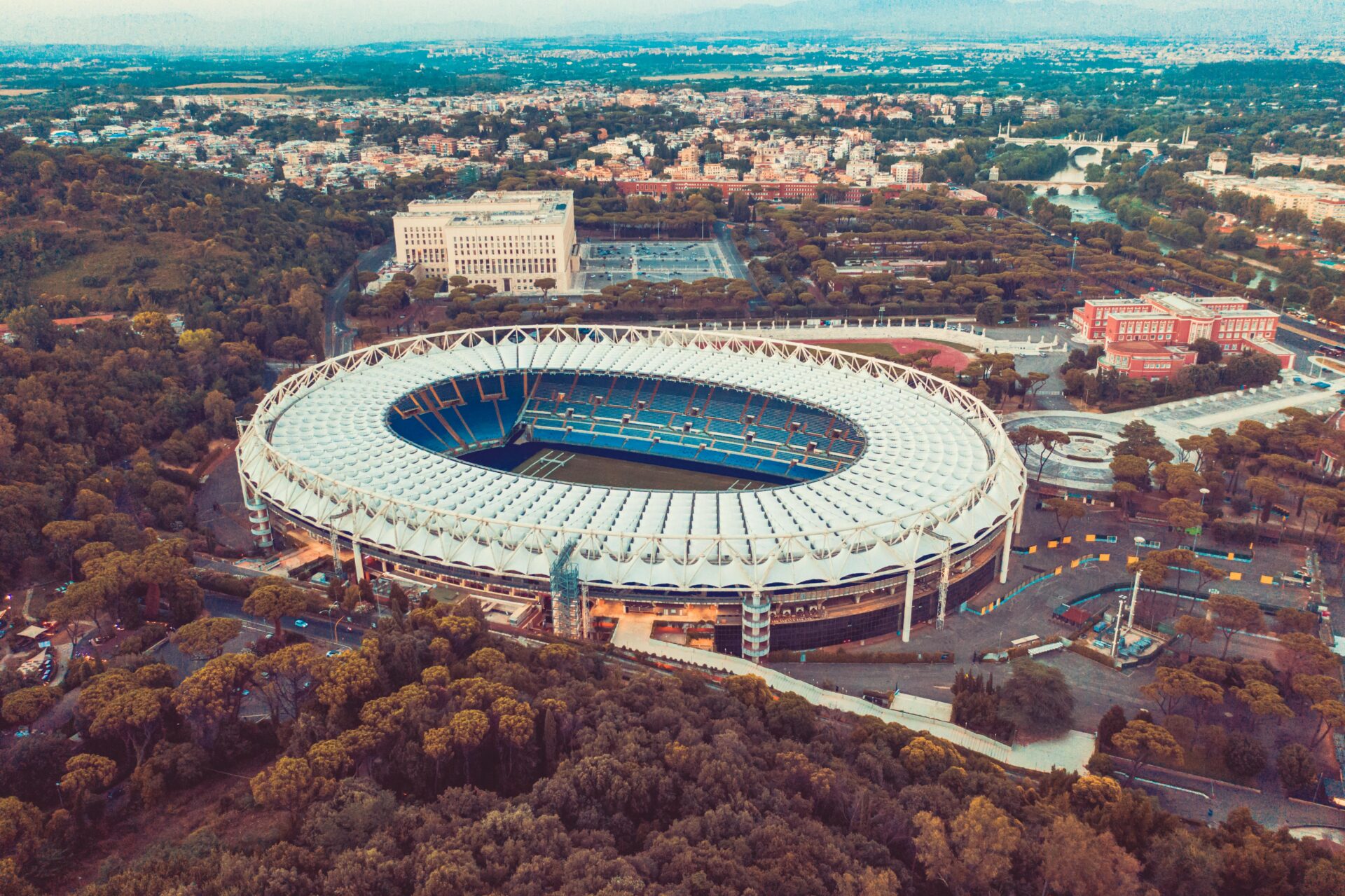
Historical Context of Fascist-Era Architecture
Fascist architecture emerged during a turbulent period of Italian history, blending modernism with classical elements to create distinctive structures that symbolized power and national identity.
The Rise of Mussolini and Modernist Ideals
When Benito Mussolini seized power in the 1920s, he quickly recognized architecture’s potential as a visual representation of his political ideology. His regime embraced a unique blend of modernist innovation and classical Roman references to create a distinctly “Fascist” aesthetic.
Architects working during this period faced intense pressure to align their designs with the regime’s vision. Many talented designers like Giuseppe Terragni embraced rationalist principles while incorporating elements that celebrated Italy’s imperial past.
The style that emerged wasn’t uniform but shared certain characteristics: monumental scale, simplified classical forms, and modern materials like concrete. Walking through these spaces today, I can still feel how they were designed to make individuals feel small against the power of the state.

Architectural Propaganda
Fascist buildings weren’t just structures—they were propaganda tools. The regime commissioned massive construction projects that would communicate strength, order, and national pride to both citizens and the world.
I’ve observed how these buildings used symmetry, repetition, and massive scale to create a sense of awe. Many featured inscriptions of Mussolini’s speeches or Fascist slogans directly on facades. Some of the most striking examples include the Palazzo della Civiltà Italiana (Square Colosseum) with its perfect arches and the EUR district in Rome.
Public spaces were redesigned to facilitate mass gatherings and parades. The relationship between open squares and imposing buildings created stages for political theater where the regime could display its power through choreographed events.
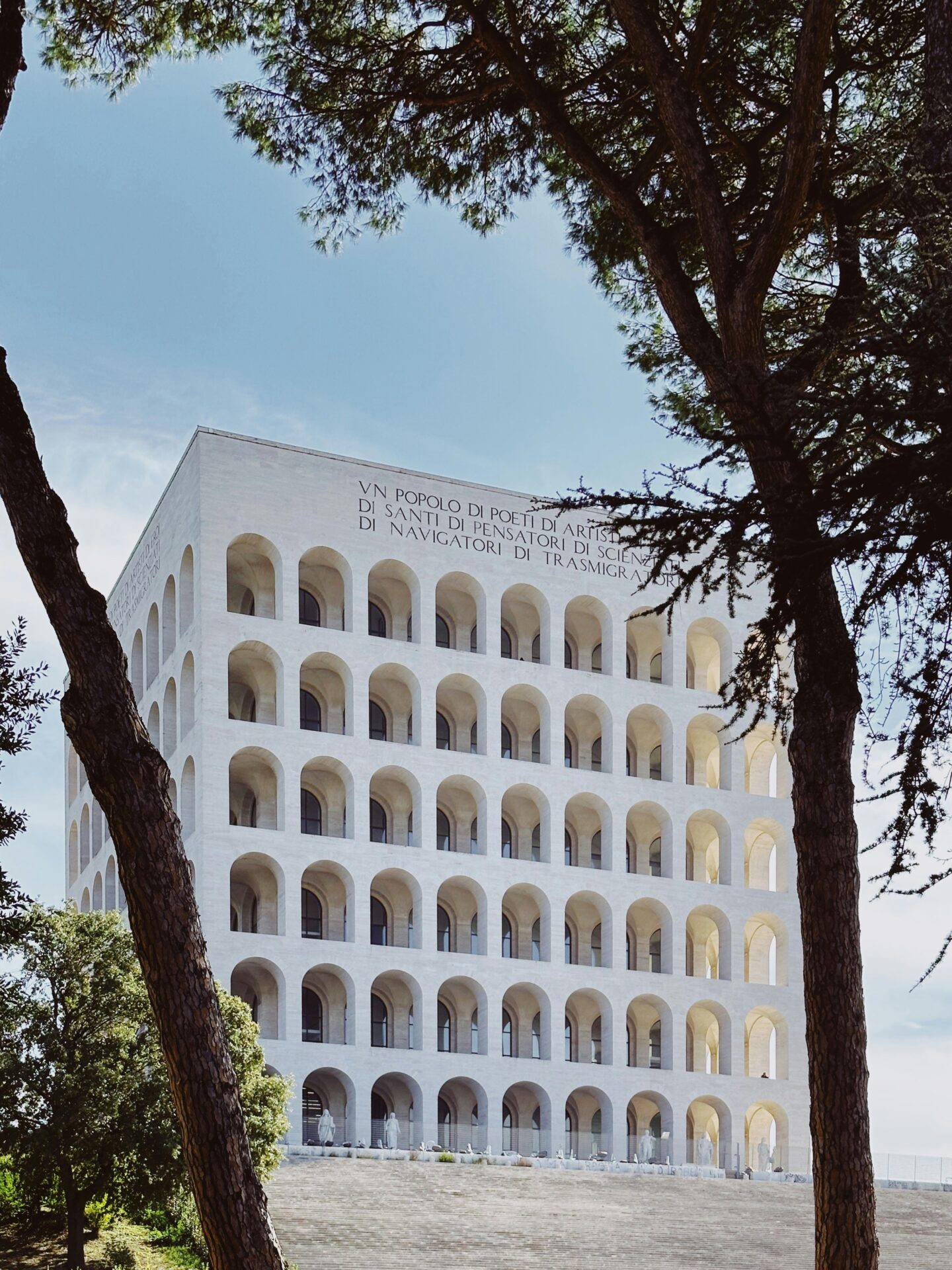
Economics and Architecture during the Fascist Regime
The ambitious building programs of the Fascist era were partly motivated by economic concerns. When I researched this period, I discovered that Mussolini used architecture and public works as a way to combat unemployment and boost national morale during difficult economic times.
Projects like the drainage of the Pontine Marshes combined architectural showpieces with practical infrastructure development. New towns like Littoria (now Latina) emerged from these efforts, designed according to Fascist principles but serving real housing needs.
The regime’s focus on self-sufficiency influenced building practices too. Italian materials were favored over imports, and traditional craftsmanship was celebrated alongside modern construction methods. This practical aspect of Fascist architecture is often overlooked but helps explain its unique character and lasting presence in Italy’s landscape.
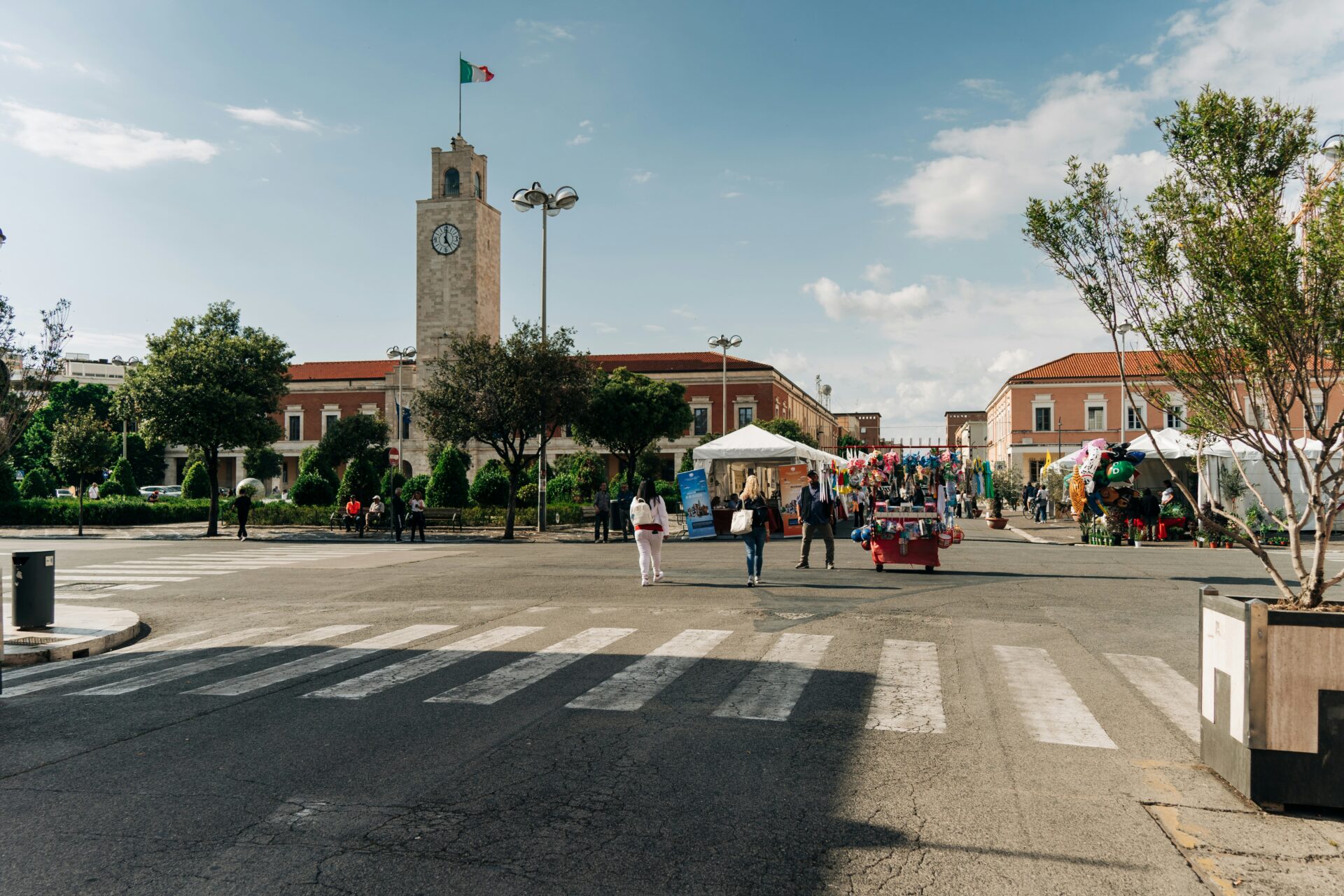
Fascism Embodied in Stone
Italian Fascism left a powerful architectural legacy that continues to provoke debate among historians and visitors alike. The regime’s buildings weren’t just structures, but physical manifestations of political ideology carved into the urban landscape.
Foro Italico and Its Symbolism
When I visit Rome, I’m always struck by the Foro Italico, formerly called Foro Mussolini. This massive sports complex remains one of the most complete examples of Fascist architectural vision.
Walking along the marble-paved Stadio dei Marmi, I’m surrounded by 60 larger-than-life statues of muscular athletes, clearly celebrating the ideal Fascist male body. These aren’t subtle symbols – they brazenly display physical perfection as a political statement.
The obelisk reading “MUSSOLINI DUX” still stands as a reminder of the complex’s original purpose. Black and white mosaics depicting Fascist slogans and imagery line the walkways. The entire complex demonstrates how architecture served to physically manifest Fascist ideology.

Other Notable Fascist-Era Monuments
The EUR district (Esposizione Universale Roma) fascinates me as a planned expansion of Rome that embodies Fascist urban design principles. The stark white Palazzo della Civiltà Italiana, nicknamed the “Square Colosseum,” features rows of perfect arches that create a striking, imposing presence.
The monument’s inscription, “A nation of poets, artists, heroes, saints, thinkers, scientists, navigators, and travelers,” reveals how architecture was used to connect Fascism to Italy’s glorious past.
In Milan, the monumental Central Station blends rationalist design with classical elements. Its vast scale and imposing façade were intentionally designed to make individual visitors feel small against state power.
These buildings use clean lines, symmetry, and massive scale to convey authority and permanence – physical propaganda I can still experience today.
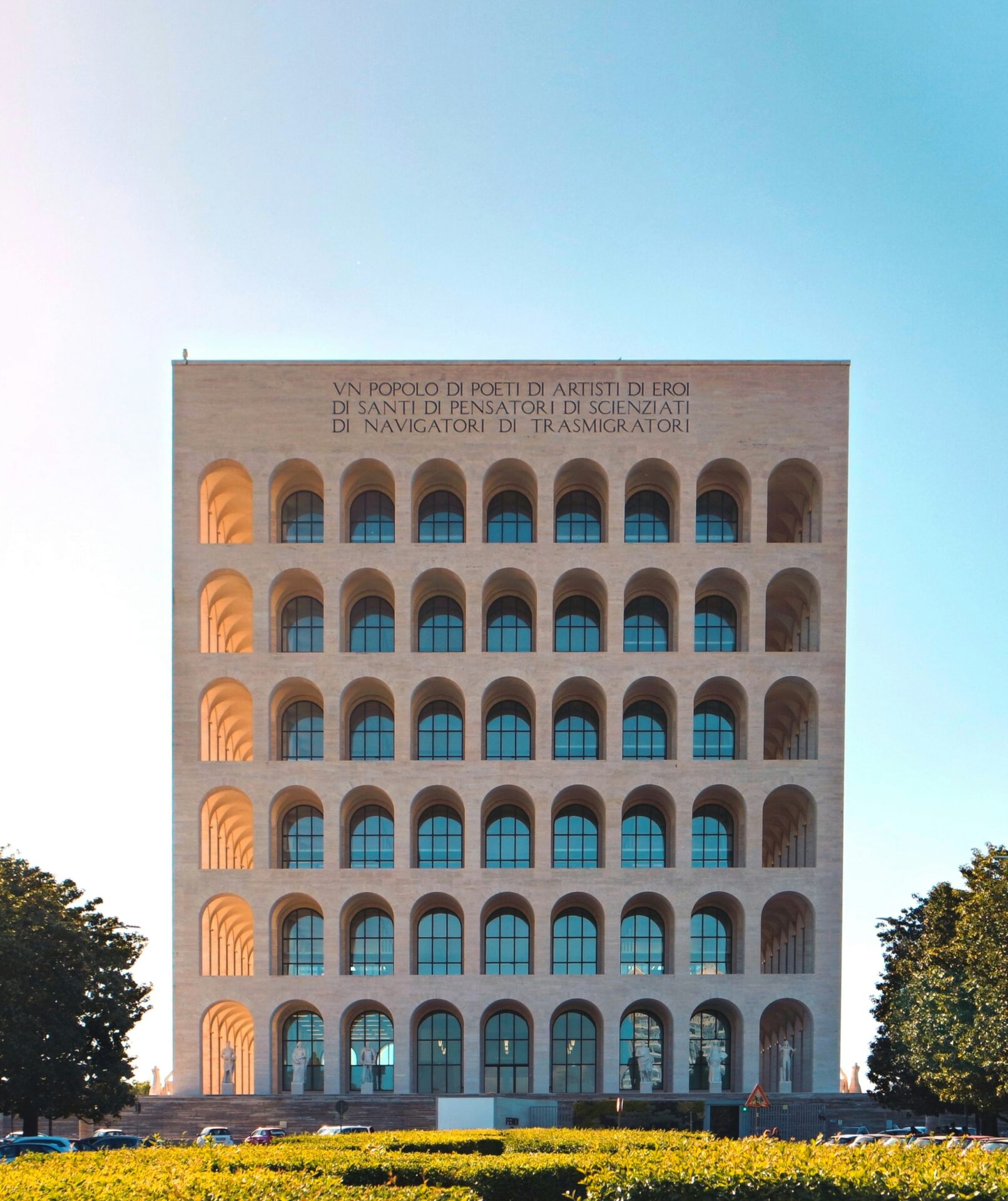
Cultural Identity and Coloniality
Latina’s fascist-era architecture represents a complex intersection of national identity, colonial aspirations, and artistic expression that continues to shape Italy’s relationship with its past. These buildings remain powerful symbols of how regimes use architecture to impose cultural narratives.
The Intersection of Modern Rome and Its Past
When I walk through Latina today, I’m struck by how fascist architecture attempted to create a new Italian identity by selectively borrowing from Rome’s imperial past. The buildings combine modernist elements with classical Roman motifs in a deliberate effort to connect the fascist regime to Italy’s ancient glory.
This architectural strategy wasn’t merely aesthetic—it was deeply political. The regime used these imposing structures to craft a narrative of national rebirth after the unification period, positioning fascism as the natural evolution of Italian greatness.
What fascinates me most is how everyday Italians now navigate these spaces. Many have reclaimed these buildings, transforming symbols of authoritarianism into functional civic spaces while acknowledging their troubling origins.
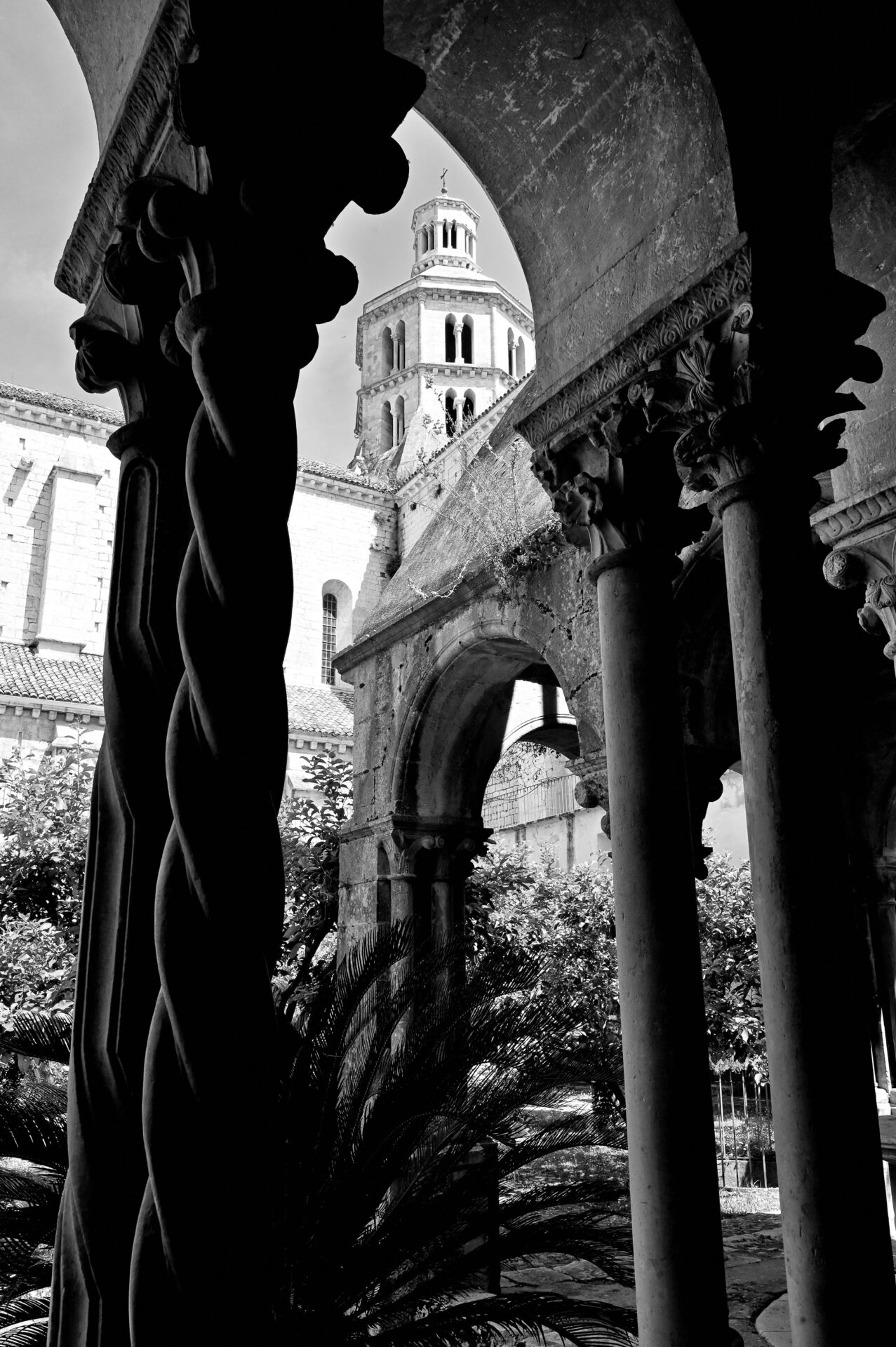
Postcolonial Perspectives on Fascist Architecture
The colonial dimensions of Latina’s architecture are impossible to ignore. I’ve noticed how the design principles used here were exported to Italy’s African colonies, creating architectural links between domestic and imperial projects.
Recent scholarship has highlighted this “coloniality of Italian fascist architecture”—how these buildings embodied power relations that extended far beyond Italy’s borders. The monumental scale and imposing facades weren’t just aesthetic choices but expressions of domination.
When I discuss these buildings with local scholars, they often point out the uncomfortable truth that architectural beauty was weaponized as a tool of cultural imperialism. The clean lines and rational planning that make these buildings so striking also served to visualize fascism’s ordered worldview.
Postcolonial readings have helped me see how these structures weren’t just built in a political vacuum but were part of broader systems of power and control that still influence cultural identity today.
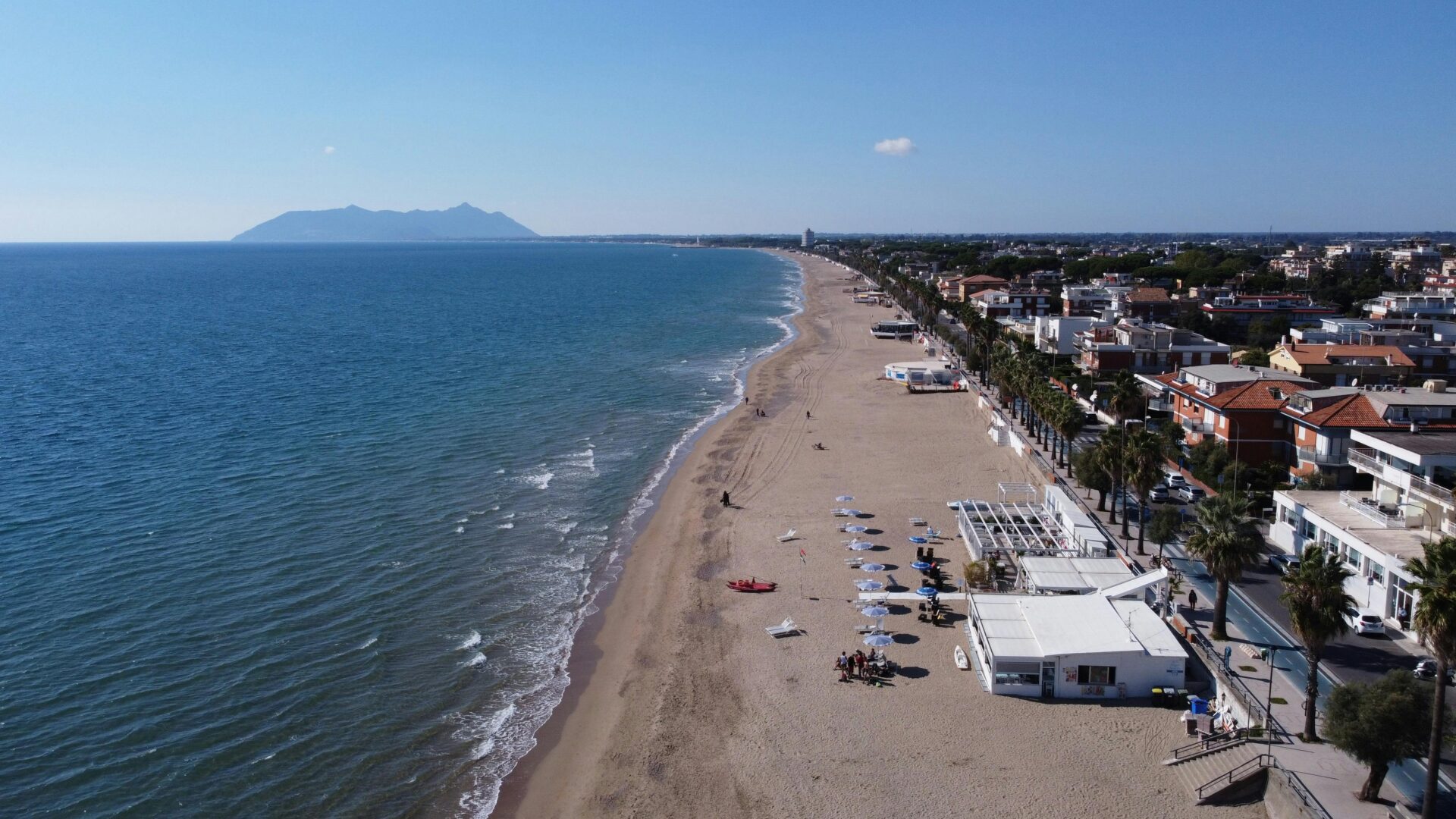
Photography and Illustration as Tools of Preservation
Visual documentation plays a crucial role in preserving Latina’s fascist-era architecture. Through careful image-making, we can study these controversial structures while acknowledging their complex history.
Photographing Fascist-Era Buildings Today
When I photograph Latina’s modernist buildings, I’m always struck by how light interacts with their clean lines and geometric shapes. Taking photos helps me capture details that might otherwise go unnoticed—the way shadows create patterns across façades or how certain angles reveal the architect’s intentions.
Good architectural photography requires patience. I’ve spent hours waiting for the perfect lighting conditions to highlight particular features of these buildings. The results offer valuable documentation for researchers and preservation efforts.
Photos also allow us to share these spaces with people who can’t visit in person. Through careful framing, I try to present these structures honestly, showing both their aesthetic value and their complicated origins.
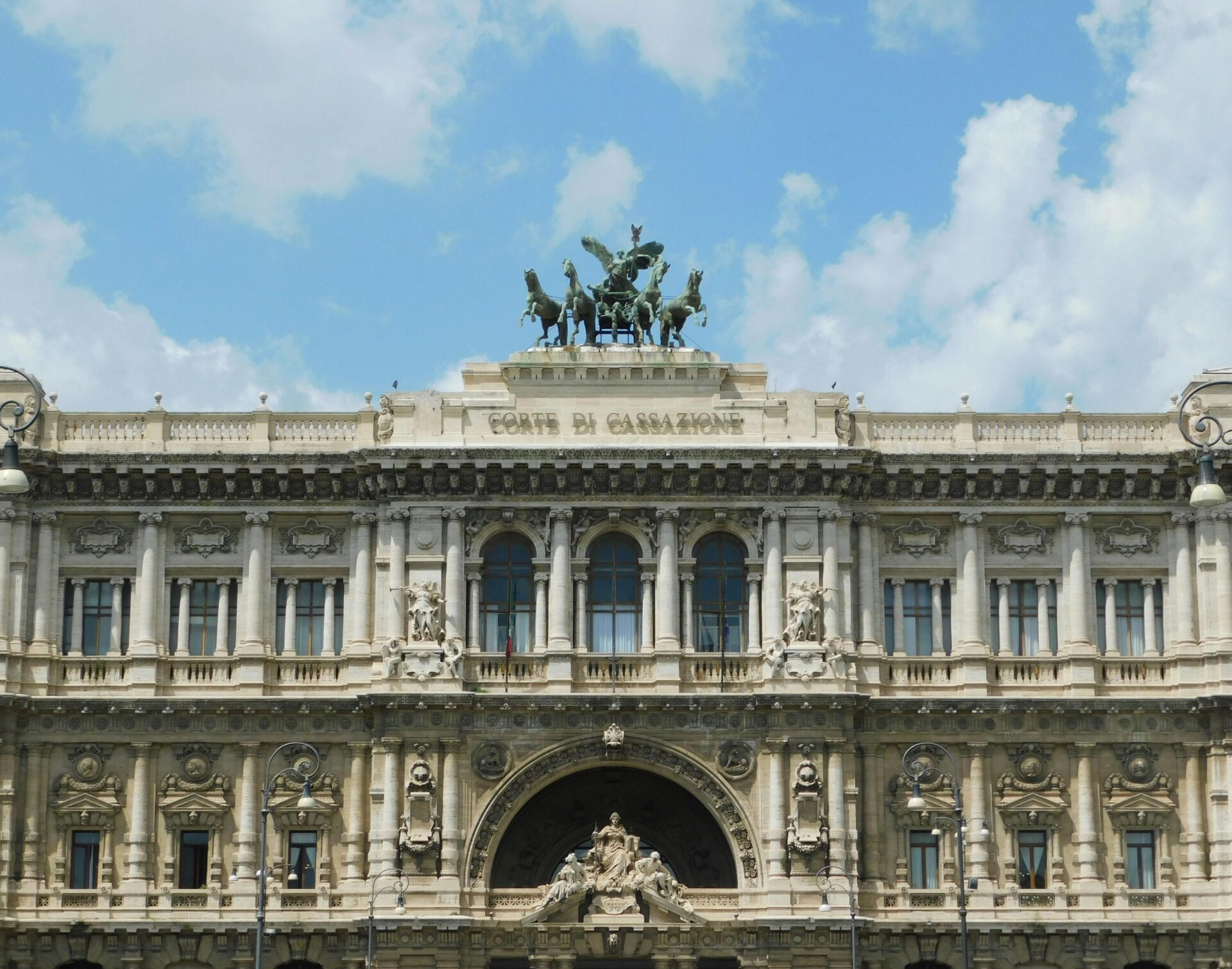
Illustrations Recreating Historical Accuracy
When photographs from the fascist era are unavailable or incomplete, illustrations help fill historical gaps. I’ve worked with talented artists who carefully study architectural plans, written descriptions, and partial images to recreate buildings as they originally appeared.
These illustrations can show:
- Original color schemes that have faded with time
- Missing ornamental elements removed during renovations
- Intended spatial relationships between buildings and surroundings
Hand-drawn illustrations often communicate the emotional impact of these spaces better than technical drawings. They help us understand how these buildings were meant to convey power and authority through their design.
Through illustration, we can also visualize proposed but never-built structures, providing insight into the full scope of fascist architectural ambition in Latina.

The Role of Public Support and Opposition
I’ve noticed stark differences in how locals respond to these architectural legacies. Some residents embrace these buildings as part of their cultural heritage, focusing on craftsmanship rather than ideology.
Others advocate for contextualizing these spaces through educational plaques or repurposing them for social justice initiatives. During my visits, I’ve seen former Fascist buildings transformed into community centers and museums that critically examine the past.
Public opinion seems divided along generational lines. Older residents who lived through or had parents who experienced the Fascist era often have more complex feelings about preservation efforts.
What fascinates me is how these buildings continue to evolve in meaning. Some structures that once displayed Arabic-influenced design elements reflect the regime’s imperial ambitions in North Africa, adding another layer to consider when evaluating their place in modern Italy.

